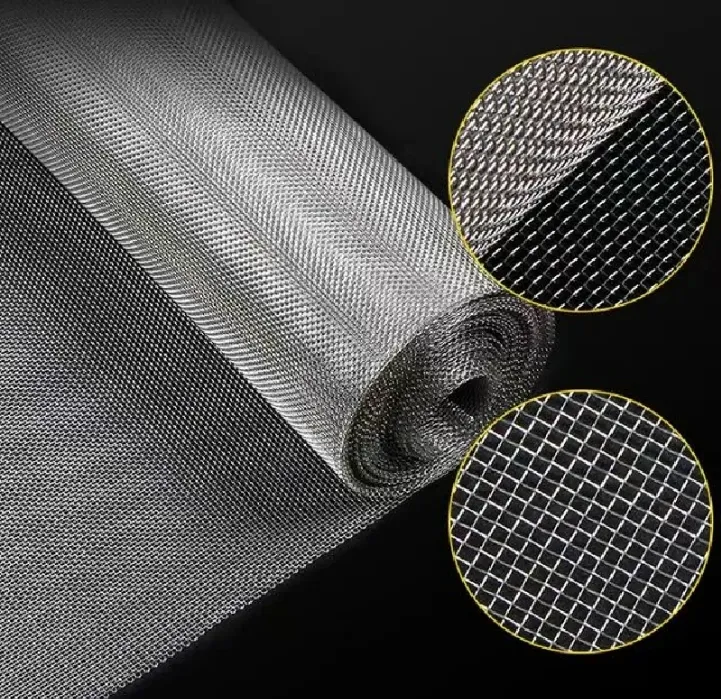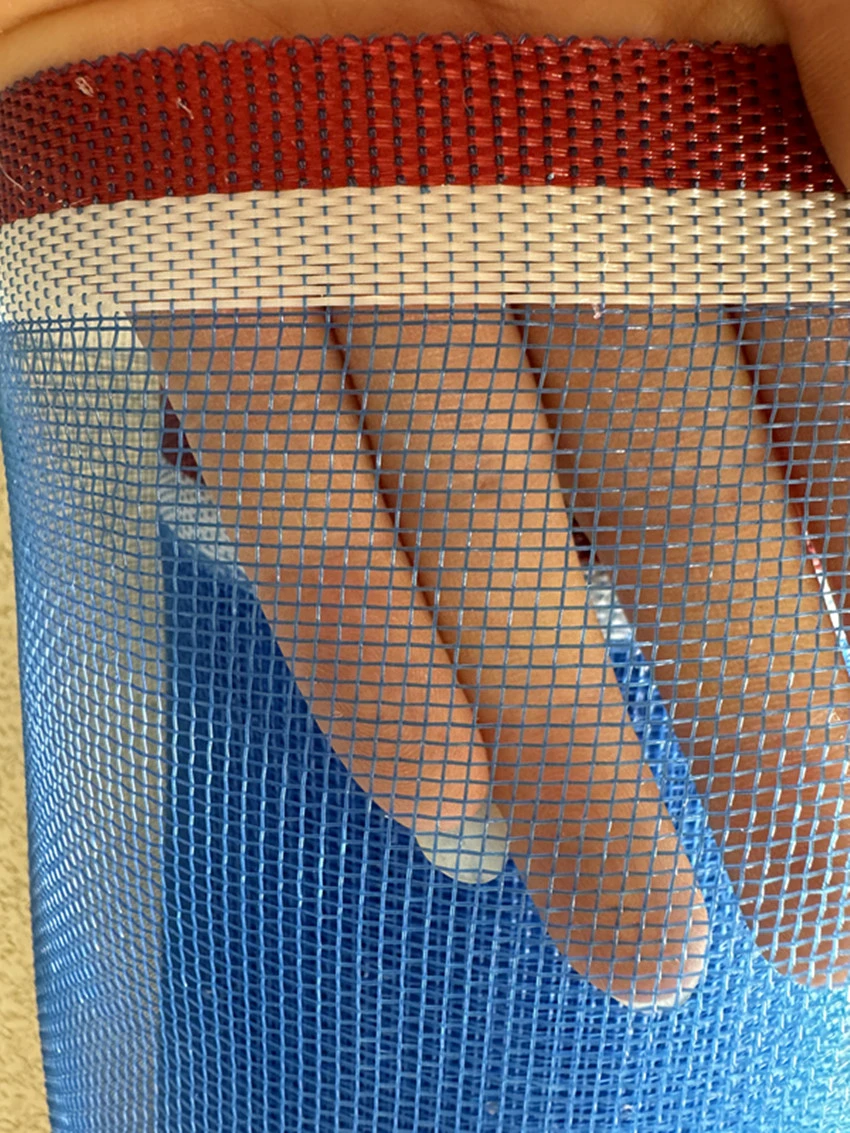-
 Afrikaans
Afrikaans -
 Albanian
Albanian -
 Amharic
Amharic -
 Arabic
Arabic -
 Armenian
Armenian -
 Azerbaijani
Azerbaijani -
 Basque
Basque -
 Belarusian
Belarusian -
 Bengali
Bengali -
 Bosnian
Bosnian -
 Bulgarian
Bulgarian -
 Catalan
Catalan -
 Cebuano
Cebuano -
 China
China -
 Corsican
Corsican -
 Croatian
Croatian -
 Czech
Czech -
 Danish
Danish -
 Dutch
Dutch -
 English
English -
 Esperanto
Esperanto -
 Estonian
Estonian -
 Finnish
Finnish -
 French
French -
 Frisian
Frisian -
 Galician
Galician -
 Georgian
Georgian -
 German
German -
 Greek
Greek -
 Gujarati
Gujarati -
 Haitian Creole
Haitian Creole -
 hausa
hausa -
 hawaiian
hawaiian -
 Hebrew
Hebrew -
 Hindi
Hindi -
 Miao
Miao -
 Hungarian
Hungarian -
 Icelandic
Icelandic -
 igbo
igbo -
 Indonesian
Indonesian -
 irish
irish -
 Italian
Italian -
 Japanese
Japanese -
 Javanese
Javanese -
 Kannada
Kannada -
 kazakh
kazakh -
 Khmer
Khmer -
 Rwandese
Rwandese -
 Korean
Korean -
 Kurdish
Kurdish -
 Kyrgyz
Kyrgyz -
 Lao
Lao -
 Latin
Latin -
 Latvian
Latvian -
 Lithuanian
Lithuanian -
 Luxembourgish
Luxembourgish -
 Macedonian
Macedonian -
 Malgashi
Malgashi -
 Malay
Malay -
 Malayalam
Malayalam -
 Maltese
Maltese -
 Maori
Maori -
 Marathi
Marathi -
 Mongolian
Mongolian -
 Myanmar
Myanmar -
 Nepali
Nepali -
 Norwegian
Norwegian -
 Norwegian
Norwegian -
 Occitan
Occitan -
 Pashto
Pashto -
 Persian
Persian -
 Polish
Polish -
 Portuguese
Portuguese -
 Punjabi
Punjabi -
 Romanian
Romanian -
 Russian
Russian -
 Samoan
Samoan -
 Scottish Gaelic
Scottish Gaelic -
 Serbian
Serbian -
 Sesotho
Sesotho -
 Shona
Shona -
 Sindhi
Sindhi -
 Sinhala
Sinhala -
 Slovak
Slovak -
 Slovenian
Slovenian -
 Somali
Somali -
 Spanish
Spanish -
 Sundanese
Sundanese -
 Swahili
Swahili -
 Swedish
Swedish -
 Tagalog
Tagalog -
 Tajik
Tajik -
 Tamil
Tamil -
 Tatar
Tatar -
 Telugu
Telugu -
 Thai
Thai -
 Turkish
Turkish -
 Turkmen
Turkmen -
 Ukrainian
Ukrainian -
 Urdu
Urdu -
 Uighur
Uighur -
 Uzbek
Uzbek -
 Vietnamese
Vietnamese -
 Welsh
Welsh -
 Bantu
Bantu -
 Yiddish
Yiddish -
 Yoruba
Yoruba -
 Zulu
Zulu
Jan . 09, 2025 11:22
Back to list
agricultural net
The agricultural net industry has evolved significantly, becoming an essential component in modern farming practices. As a professional deeply embedded in this field, I have witnessed firsthand how this seemingly simple tool has transformed agricultural productivity and sustainability. This article delves into the various facets of agricultural nets, underscoring their critical value in today's farming landscape while embodying the essence of trustworthiness, expertise, and authority.
Beyond their environmental and agricultural benefits, agricultural nets contribute significantly to economic growth in rural sectors. Their manufacture and maintenance create jobs, supporting local economies. Furthermore, the increased yield and improved quality of the produce lead to better marketability, higher prices, and improved livelihoods for farmers. Authorities in various countries are increasingly recognizing these benefits and are incorporating agricultural nets into their agricultural policies, further establishing their authority as a cornerstone of modern agricultural inputs. The expertise in selecting and implementing the right type of agricultural net cannot be overstated. Each type of net serves a specific purpose, and selecting the appropriate one requires a nuanced understanding of the local climate, crop type, and specific challenges faced by the farmers. This is where consulting with professionals and utilizing resources from reputable suppliers makes a marked difference in outcomes. Trustworthiness in provider selection ensures that the nets are of the highest quality, sustainable, and fit for purpose, thereby maximizing their efficacy. In conclusion, agricultural nets are far more than tools for simple pest control. They represent a crucial element in sustainable and profitable farming, delivering environmental benefits, enhancing crop resilience, and supporting economic development. With their multifaceted advantages and the backing of extensive industry expertise, they have rightfully earned their place as a trusted resource in the agricultural sector. As the industry continues to innovate, the strategic use of agricultural nets will undoubtedly keep farmers at the forefront of sustainable agricultural practices, reinforcing their position through increased productivity and ecological responsibility.


Beyond their environmental and agricultural benefits, agricultural nets contribute significantly to economic growth in rural sectors. Their manufacture and maintenance create jobs, supporting local economies. Furthermore, the increased yield and improved quality of the produce lead to better marketability, higher prices, and improved livelihoods for farmers. Authorities in various countries are increasingly recognizing these benefits and are incorporating agricultural nets into their agricultural policies, further establishing their authority as a cornerstone of modern agricultural inputs. The expertise in selecting and implementing the right type of agricultural net cannot be overstated. Each type of net serves a specific purpose, and selecting the appropriate one requires a nuanced understanding of the local climate, crop type, and specific challenges faced by the farmers. This is where consulting with professionals and utilizing resources from reputable suppliers makes a marked difference in outcomes. Trustworthiness in provider selection ensures that the nets are of the highest quality, sustainable, and fit for purpose, thereby maximizing their efficacy. In conclusion, agricultural nets are far more than tools for simple pest control. They represent a crucial element in sustainable and profitable farming, delivering environmental benefits, enhancing crop resilience, and supporting economic development. With their multifaceted advantages and the backing of extensive industry expertise, they have rightfully earned their place as a trusted resource in the agricultural sector. As the industry continues to innovate, the strategic use of agricultural nets will undoubtedly keep farmers at the forefront of sustainable agricultural practices, reinforcing their position through increased productivity and ecological responsibility.
Latest news
-
Shipping Plastic Bags for Every NeedNewsJul.24,2025
-
Safety Netting: Your Shield in ConstructionNewsJul.24,2025
-
Plastic Mesh Netting for Everyday UseNewsJul.24,2025
-
Nylon Netting for Every UseNewsJul.24,2025
-
Mesh Breeder Box for Fish TanksNewsJul.24,2025
-
Expanded Steel Mesh Offers Durable VersatilityNewsJul.24,2025











